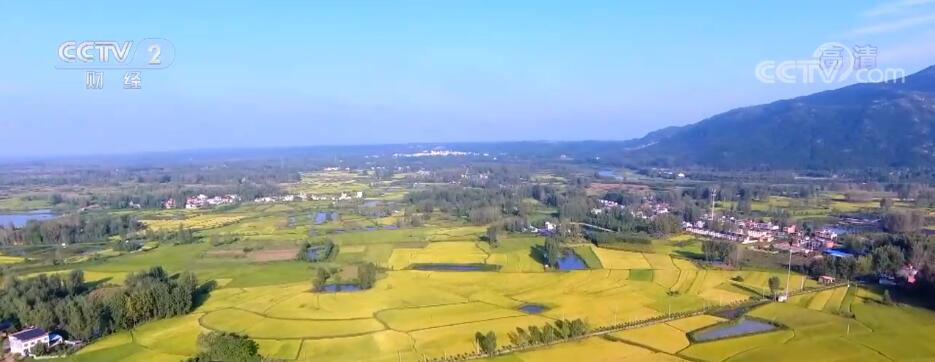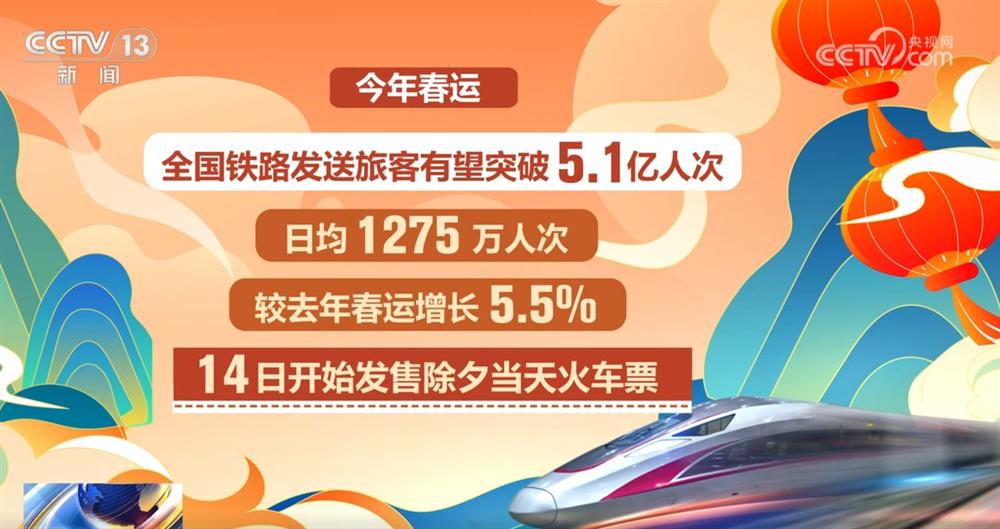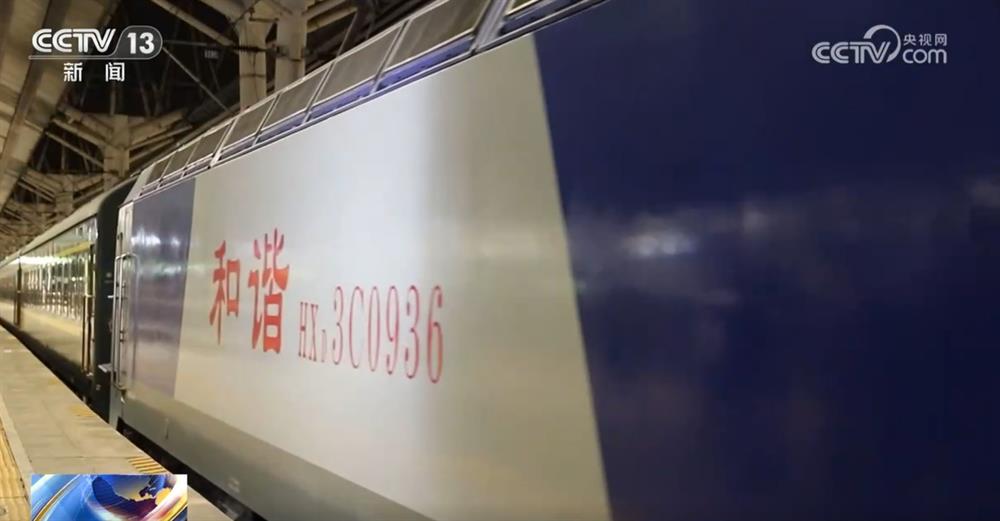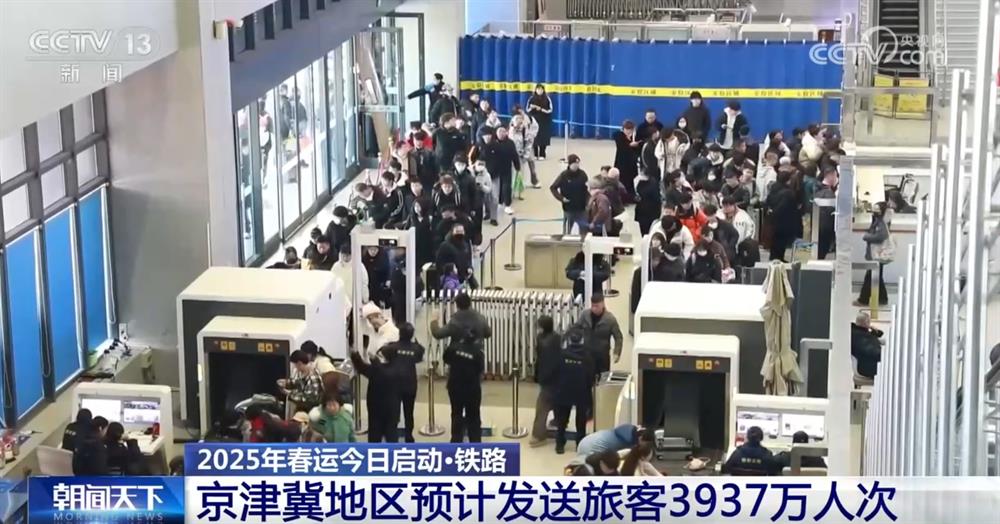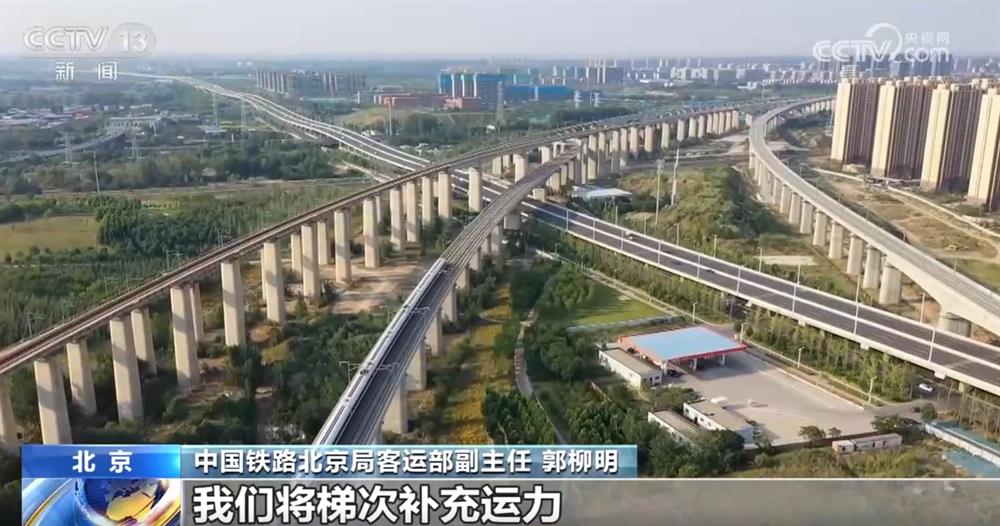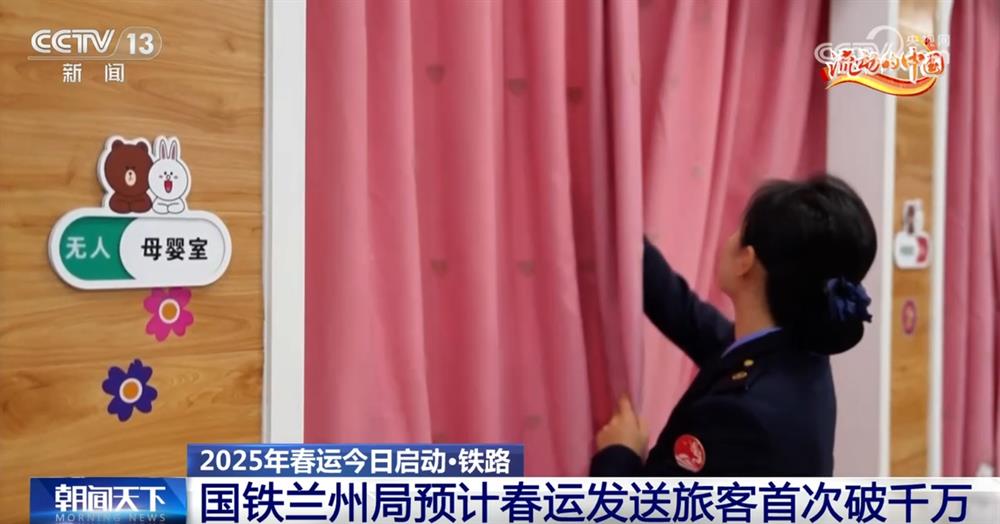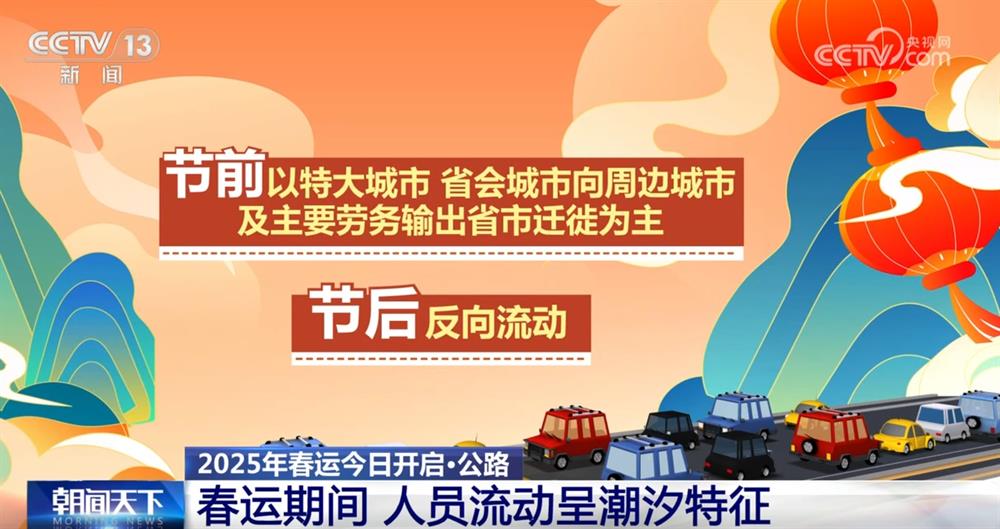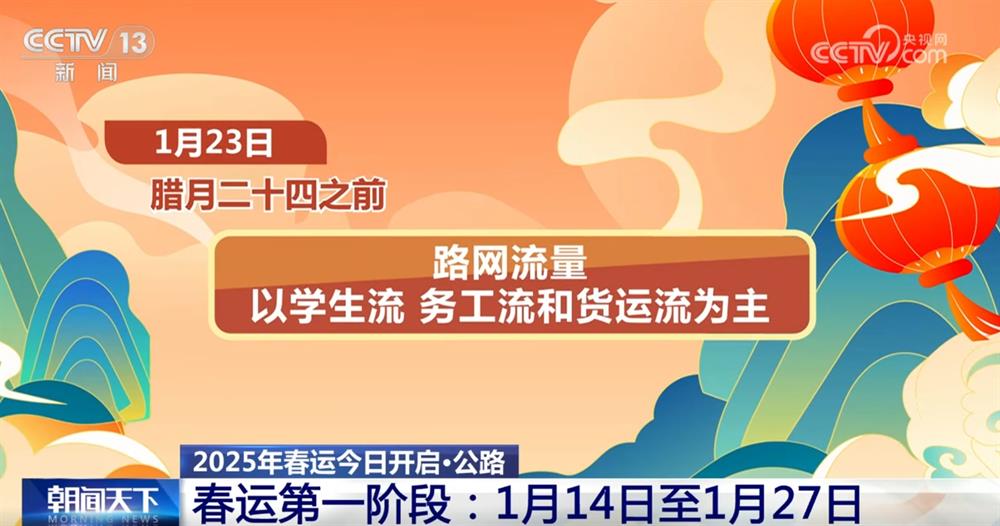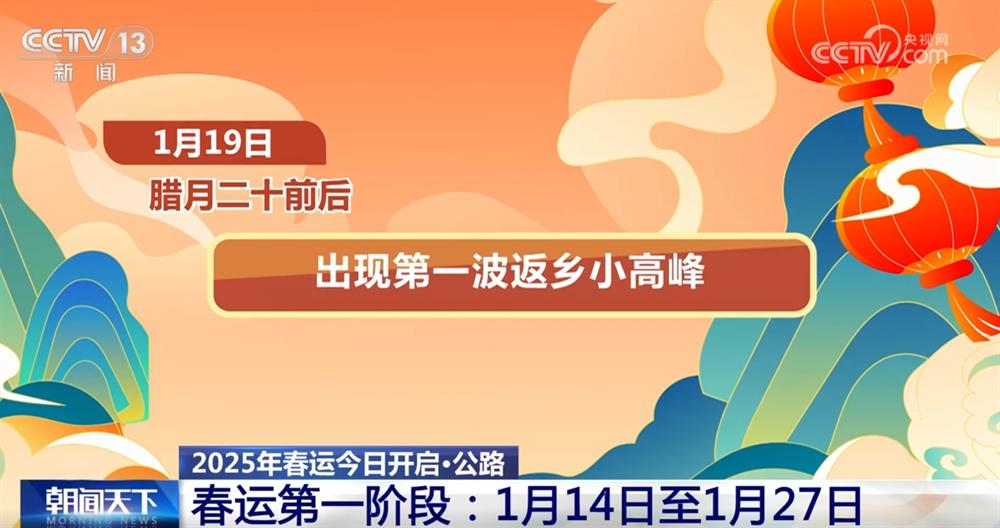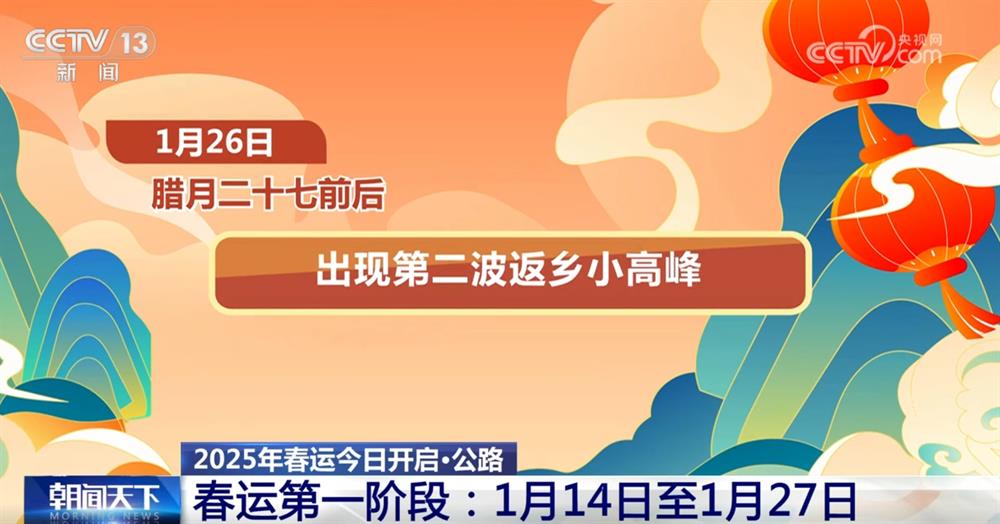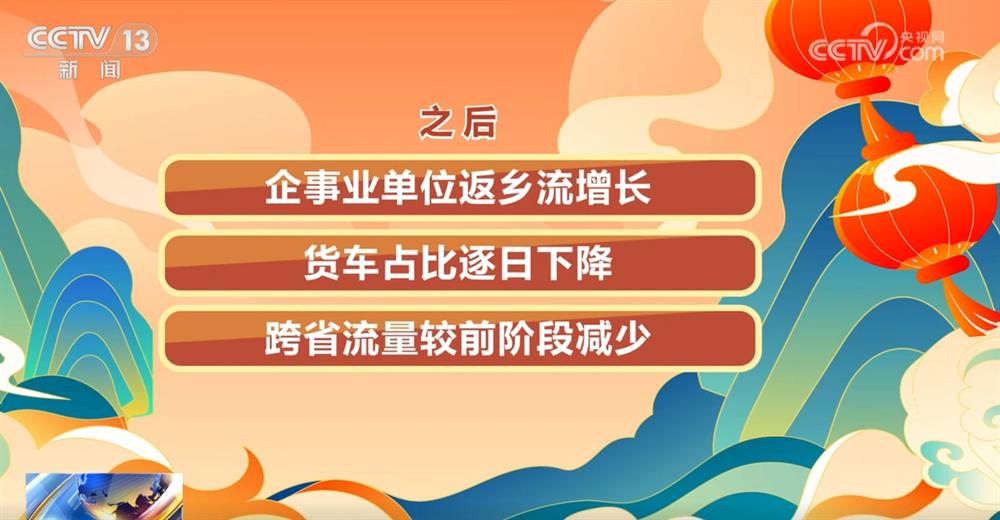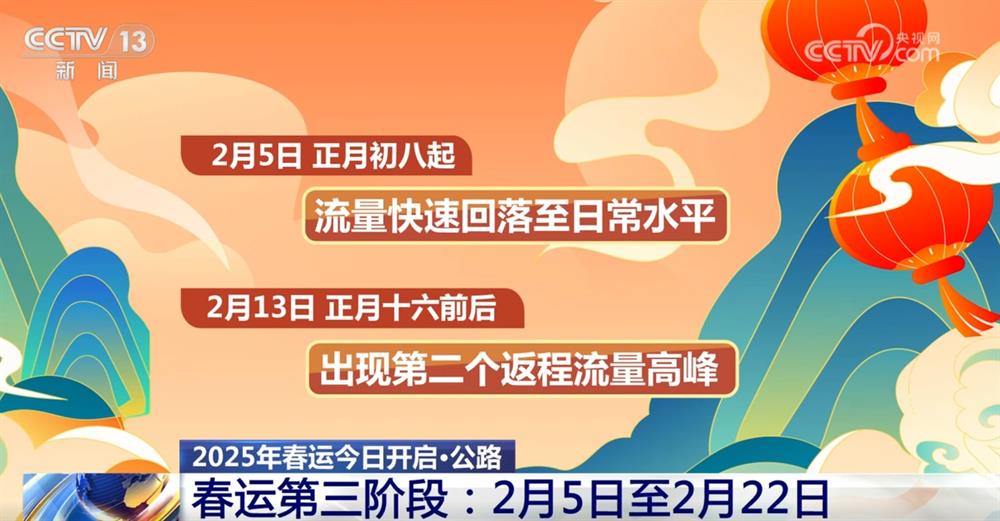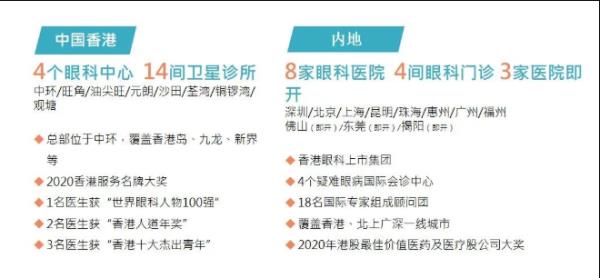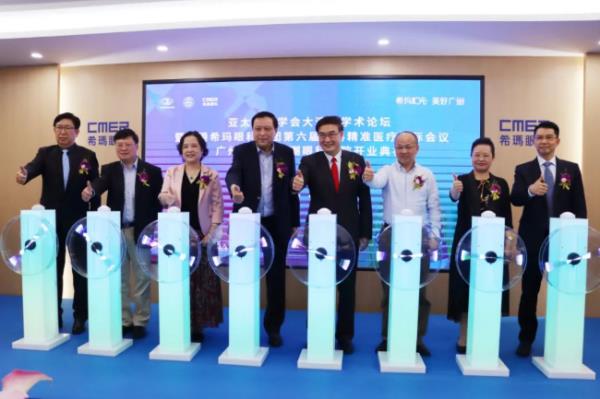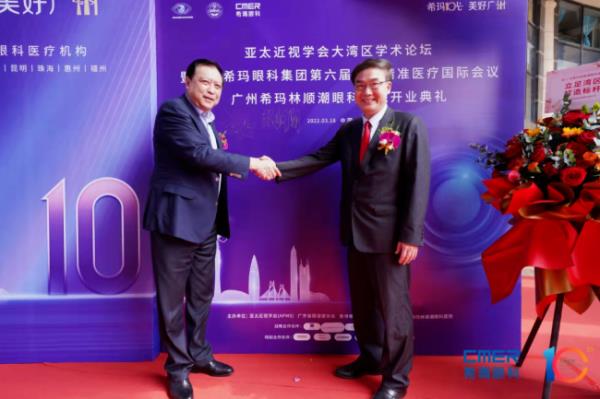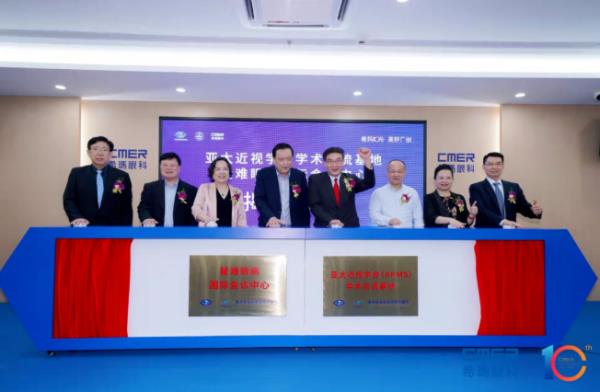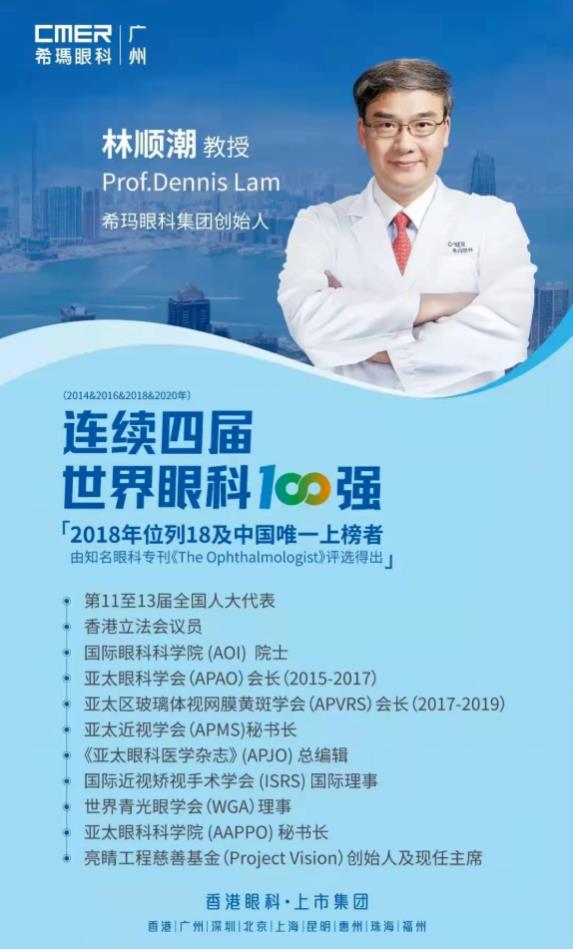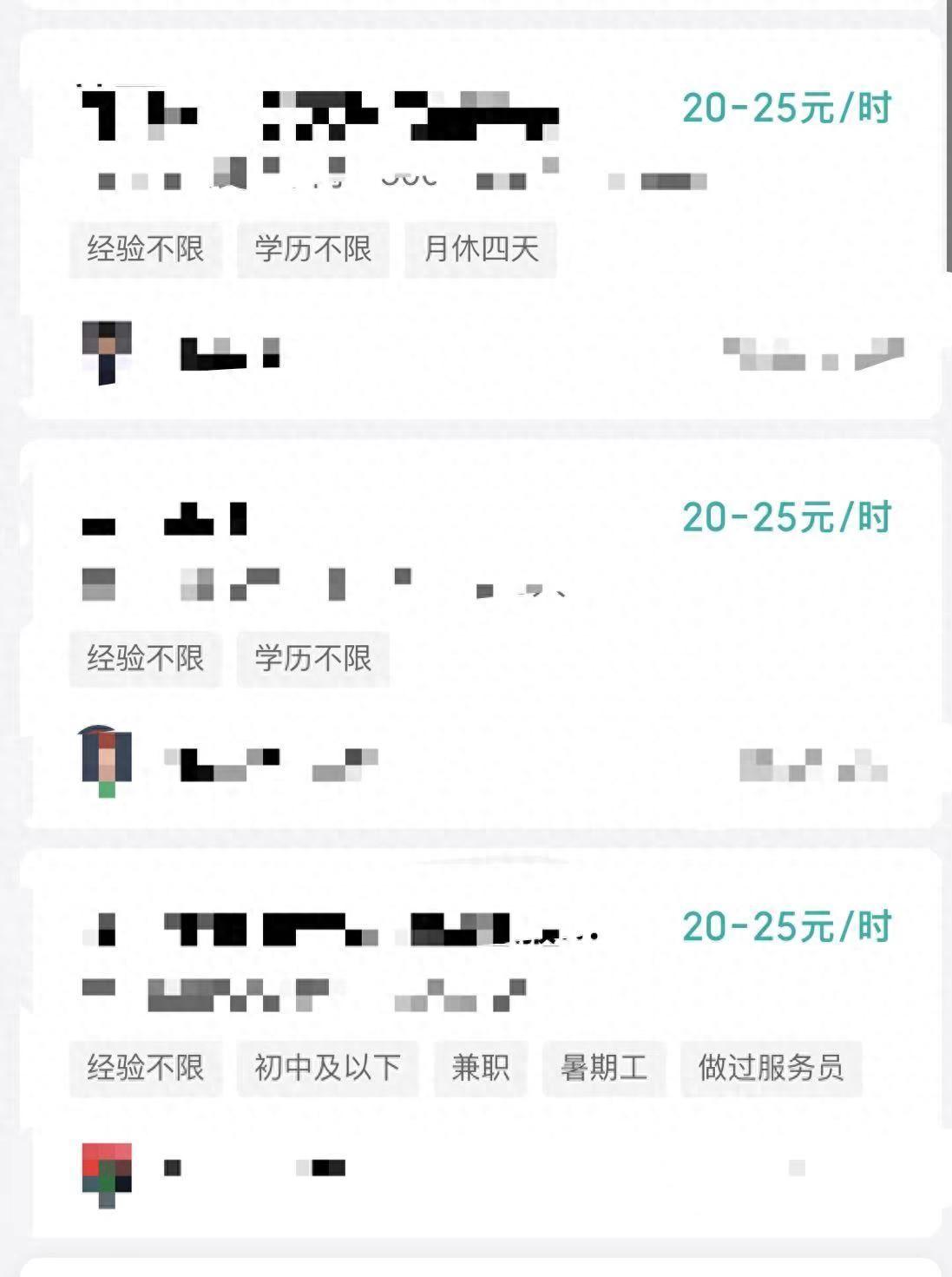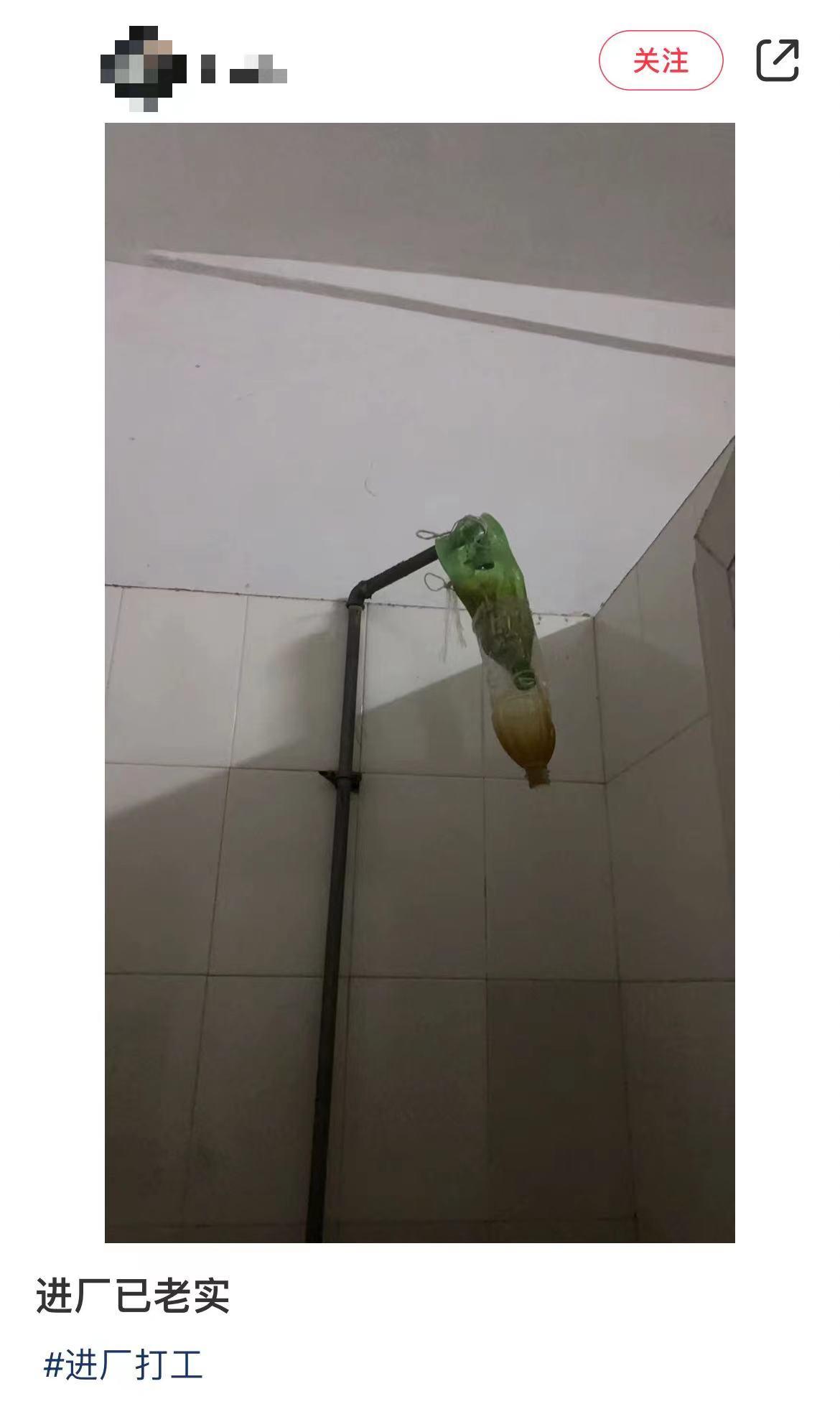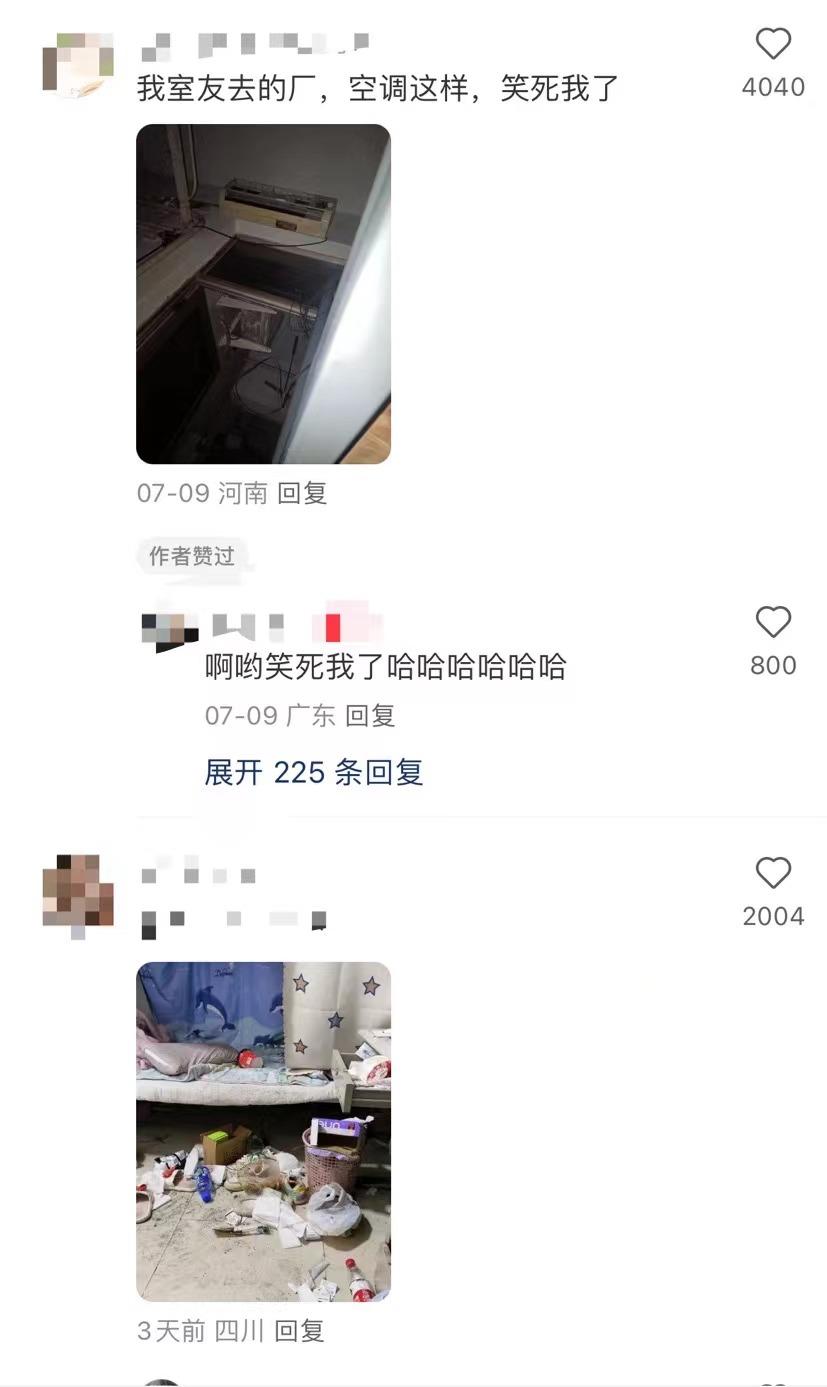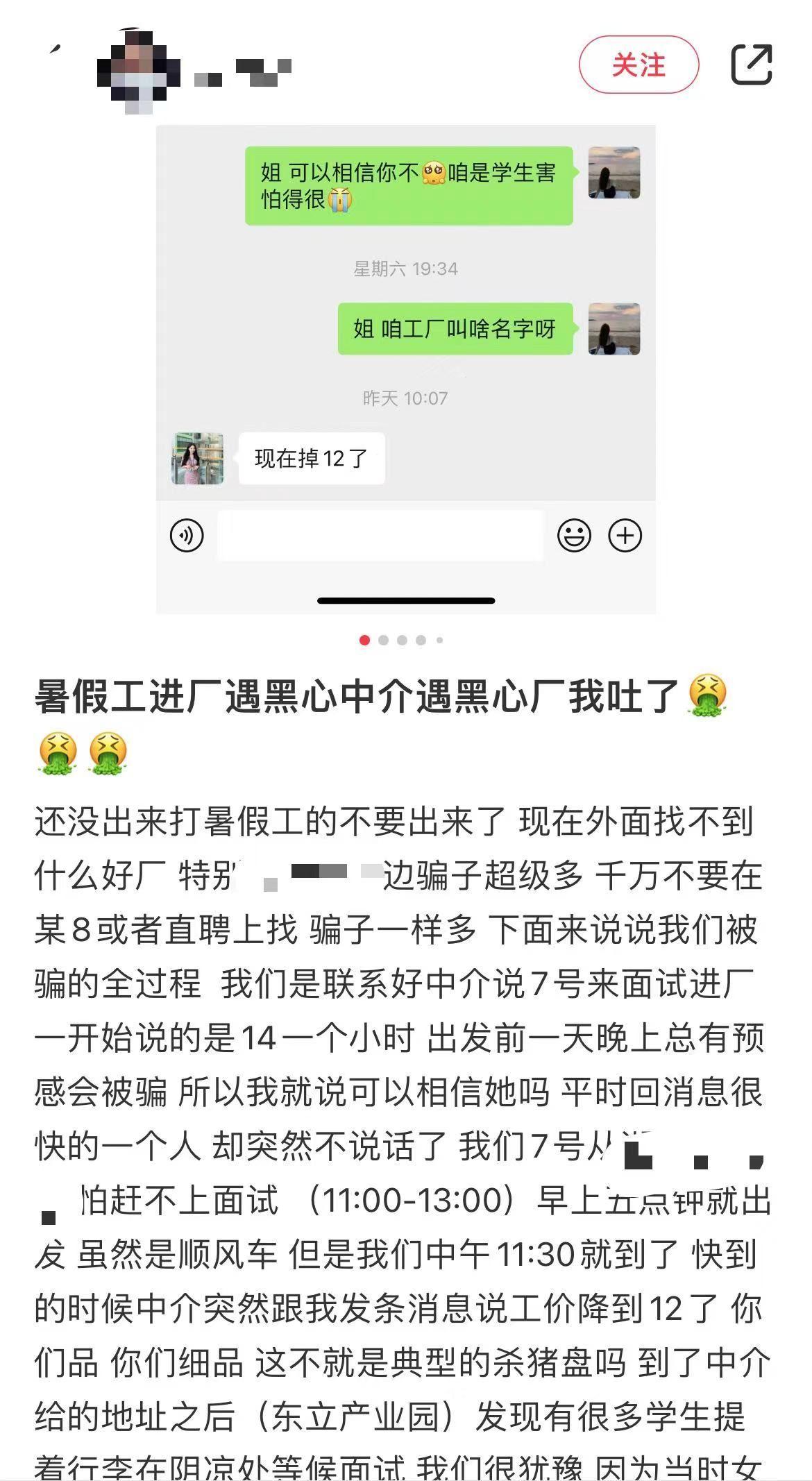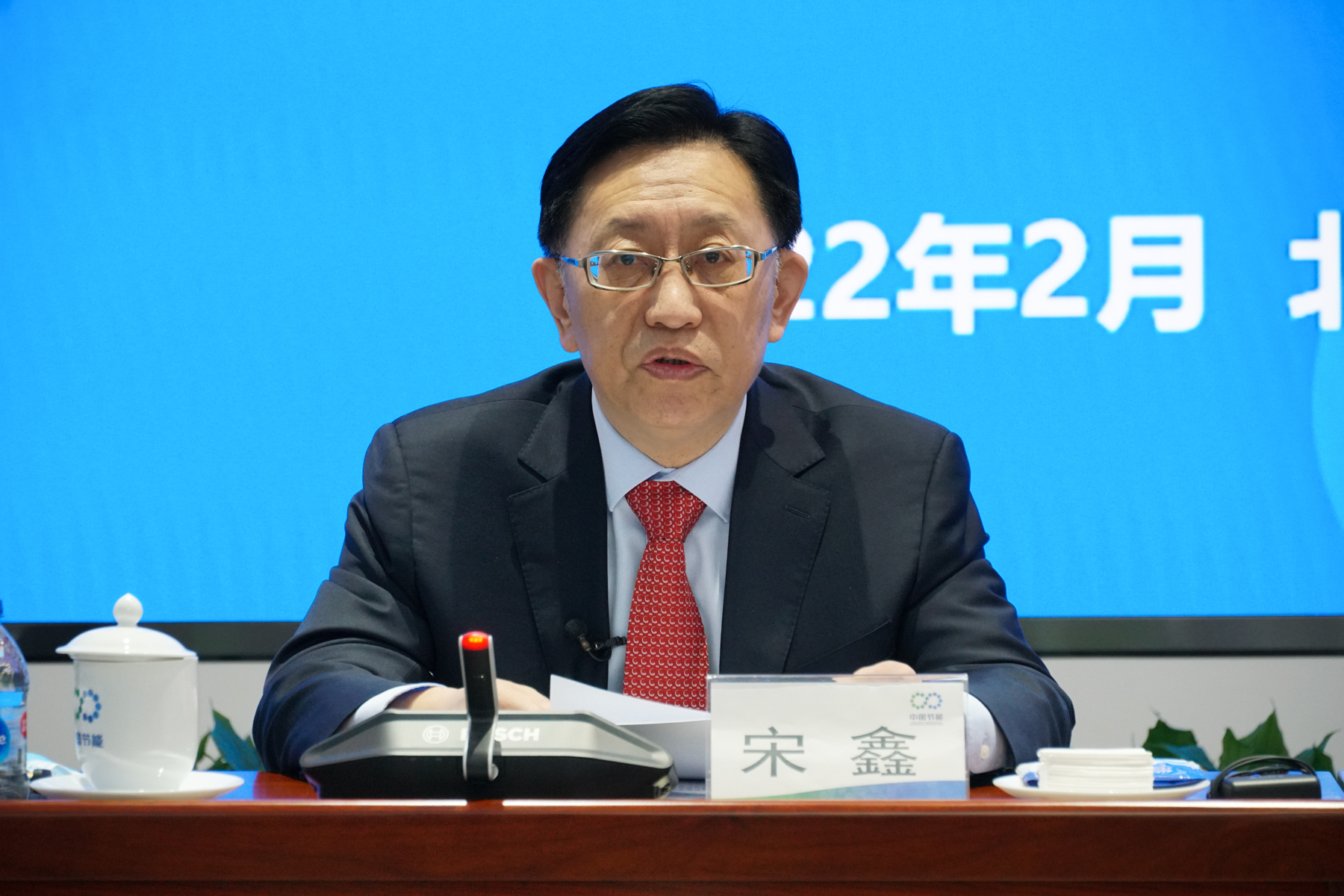
Member Chinese People’s Political Consultative Conference, Party Secretary and Chairman of China Energy Conservation and Environmental Protection Group Song Xin The Paper Reporter Zhou Yushe
Recently, The Paper (www.thepaper.cn) reporter learned from China Energy Conservation and Environmental Protection Group (hereinafter referred to as "China Energy Conservation") that Song Xin, member of Chinese People’s Political Consultative Conference, secretary of China Energy Conservation Party Committee and chairman, will submit seven proposals during the two sessions this year. Among them, there are proposals on energy conservation and environmental protection issues such as energy conservation, recycling of resources, ecologicalization of urban green belts, and proposals on topics closely related to ordinary people such as rural domestic garbage disposal, courier service, and memorial burning.
On February 28th, at the 2022 China Energy Conservation Media Meeting, Song Xin introduced China Energy Conservation and answered a question from a reporter from The Paper (www.thepaper.cn) about the effectiveness of China’s energy conservation "going global" work. He said that China Energy Conservation has accumulated business in more than 110 countries and regions around the world, and overseas projects are progressing smoothly, and the "going global" work has achieved good results.
Song Xin cited several subsidiaries of China Energy Conservation as examples to show that the 12-city water supply project built by China Geological Engineering Group in C? te d ‘Ivoire has officially started, which is one of the most important livelihood projects in the plan of drinking water for all in C? te d ‘Ivoire, benefiting 2.3 million people. Yantai Wanrun acquired MP Company, and its home-packed COVID-19 antigen test kit was registered in the European Union, Southeast Asia, Australia and other regions and countries and achieved good sales results. Energy-saving Wind Power Company has produced and sold 427,800 green certificates in Baishi Wind Power Plant in Australia. Xinguang Lighting Company won the bid for material assistance from the Ministry of Ecology and Environment for South-South cooperation on climate change.
Song Xin said that China Energy Conservation also participated in a series of international exchange activities, such as the International Financial Forum, the International Forum on Ecological Civilization, the China-Africa Economic and Trade Expo, the Service Trade Fair, the local conference on biodiversity industry, and the "Belt and Road" summit forum. The research center for the development of energy-saving ecological products has long-term cooperation with several international organizations.
Accelerate comprehensive energy conservation and build an ecological development of resource recycling.
As a member of Chinese People’s Political Consultative Conference from the field of energy conservation and environmental protection, Song Xin has been making useful suggestions for promoting ecological civilization construction and green and low-carbon development for many years. At the two sessions this year, many proposals he brought were also related to energy conservation, environmental protection and ecological civilization construction.
Song Xin said that as a big energy consumer, it is a top priority for China to save energy resources and focus on improving energy efficiency. According to institutional research data, the contribution of energy conservation to peak carbon dioxide emissions in 2030 is about 70%. However, at present, in the process of promoting energy-saving work in an all-round way, there are still some problems, such as the difficulty of tapping the potential of single-point energy saving, the insufficient drive of energy-saving technological innovation, and the lack of universal energy-saving priority atmosphere.
In this regard, Song Xin made three suggestions: First, focus on the whole process, the whole industry chain and the whole industry, and encourage the improvement of energy efficiency systems. The second is to anchor systematization, low carbonization and intelligence, and increase innovation. The third is to establish a national reward system for energy conservation and create an atmosphere in which energy conservation is given priority to the whole society.
At the same time, Song Xin also said that it is necessary to strengthen policy support for the resource recycling industry, accelerate the construction of a management system for the whole industry chain of resource recycling, and increase fiscal and taxation policy support for the resource recycling industry.
He pointed out that with the rapid development of China’s resource recycling industry, some deep-seated problems have become increasingly prominent: the management system of China’s resource recycling industry is still not perfect, and the industry management norms that run through the whole industry chain have not yet been formed; The support of fiscal and taxation policies is not enough, and the willingness of resource recycling and utilization enterprises to operate in compliance is low; Lack of key core technologies for the recycling of emerging wastes, and insufficient industrial innovation capabilities.
Regarding how to do a "green article" on the recycling of living resources, Song Xin believes that supporting policies and mechanisms should be further introduced to promote the standardization of the development of resource recycling industries, create favorable conditions for the large-scale development of enterprises, and build a healthy industry development ecology.
In this regard, Song Xin made three suggestions:
First, speed up the construction of the whole industrial chain management system for resource recycling. Make full use of big data, 5G and other information technologies to improve the government’s regulatory capacity. For hazardous wastes that can be recycled, refer to the system mode of "Pilot Work Plan for Centralized Collection and Trans-regional Transfer System of Lead Battery Manufacturers" to expand the pilot scope of centralized collection and trans-regional transfer system of hazardous wastes.
The second is to increase the support of fiscal and taxation policies in the resource recycling industry. Introduce financial subsidy policies to guide and encourage enterprises to participate in the recycling of retired photovoltaic modules, wind turbine blades and other emerging wastes. We will increase the proportion of taxpayers in waste resource recycling industries, such as waste mineral oil, waste batteries, retired photovoltaic modules and wind turbine blades, who can enjoy VAT refund immediately, and actively plan preferential corporate income tax policies for resource recycling, so as to improve the initiative and enthusiasm of all business entities in paying taxes according to law and operating in compliance.
The third is to strengthen the scientific and technological layout of resource recycling. Continue to incorporate resource recycling technology into national key research and development plans and major national science and technology projects, lay out national key laboratories, set up relevant scientific research projects, and promote the research and development and application of key technologies such as hydrogenation process and catalyst for waste mineral oil, dismantling and gradient utilization of waste lithium-ion power batteries, and recycling and recycling of large-scale decommissioned photovoltaic modules. Encourage Industry-University-Research to use deep integration. We will build a green and low-carbon recycling technology innovation project incubator and a collaborative innovation and entrepreneurship platform to promote technology transfer and innovation achievements transformation.
Accelerate the promotion of ecological design of urban green belt
In recent years, with the development of urbanization in China, the construction of urban green belt has entered the fast lane. However, while pursuing visual impact and changeable styles to beautify the road environment, there are some disadvantages in the construction of urban green belt because of the lack of scientific ecological design in planning. To this end, Song Xin specially submitted a proposal on improving the ecological design of urban green belts.
In Song Xin’s view, the lack of consideration of landscape ecology and natural growth of landscape plants in the planning and design of green belts not only greatly reduced the ecological benefits of urban green belts, but also caused a huge waste of human and material resources. For example, street trees have small pools, many underground pipelines and frequent transformations; The height and slope of green belt are higher than that of road surface, which not only can not form stagnant space in rainfall, but also easily leads to loess on the road and new runoff pollution after scouring. The replacement of planting soil is not in place, and the plant configuration pursues immediate visual effects without fully considering the later growth stability.
Analyzing the reasons, Song Xin said that the design of traditional road green belt usually follows the Code for Planning and Design of Urban Road Greening published in 1997, and its green belt is higher than the road surface, and the green belt is completely separated from the road with stone, so it is difficult for road rain and dust to enter the green belt on both sides of the road. Therefore, dust is often deposited in large quantities near the strips of green belts on both sides of the road or the steps of sidewalks.
Song Xin said that although some cities have adopted sponge technology in green belts, the function of road sponge cities has been greatly weakened due to the misunderstanding of the conditions of use. Improving the ecological design of urban road green belt is of great significance to scientifically improve the water circulation system of urban green space and to control the stubborn diseases of urban waterlogging.
Based on this, Song Xin suggested that the first is to deepen the whole life cycle management of the construction of "sponge city". Promote the national unified design standards or specifications for sponge facilities, set some mandatory provisions, establish and improve the acceptance standards for sponge facilities, and introduce the construction technology for sponge facilities.
The second is to "sponge" the green belt in the new and old cities according to local conditions. Build hidden deep water storage tanks in community greening areas and green belts on both sides of roads, and transform 4-5 tree ponds in series to increase water storage capacity in a limited space, so as to realize rapid, multipoint and distributed absorption of stagnant water in communities and traffic roads, and at the same time reduce the impact of stagnant water on greening plants.
Thirdly, the design of sunken road green belt is adopted, and the rainwater overflow port is set in the sunken green space, and the elevation of the overflow port is between the green space and the ground, so it becomes a rainwater treatment facility that can not only improve the ecological environment but also have infiltration effect without increasing the land area and reducing the cost. The fourth is to strengthen the breeding of stress-resistant plants in green belts, and reduce the cost of custody as much as possible while strengthening their functions.
Accelerate the improvement of rural domestic waste treatment level.
Improving and upgrading the rural living environment is a positive response to the demand of rural residents for a beautiful and livable living environment, and an effective measure to fully realize the rural revitalization strategy. How to speed up the improvement of rural living environment has also become a topic of great concern.
Song Xin said in the proposal that since the implementation of the three-year action of rural human settlements improvement in 2018, China’s rural human settlements environment has been greatly improved. However, what needs to be seen is that there is still a certain gap between the whole and the requirements of realizing the comprehensive revitalization of rural areas and rural modernization.
Song Xin believes that during the 14th Five-Year Plan period, there are still some problems that need to be solved. In particular, rural domestic waste treatment, as a major focus of rural human settlements improvement, has many difficulties and pains in the promotion work, including the waste treatment technology and facilities to be upgraded, the garbage collection and transfer system is not perfect enough, and the role of rural people as the main body needs to be enhanced.
Song Xin put forward three suggestions on how to make rural domestic waste treatment more comprehensive, grounded and effective:
First, strengthen the operation and management of rural domestic waste treatment system. Improve the planning of rural domestic waste classification and treatment, and promote the standardization and normalization of rural domestic waste treatment; Accelerate the construction of rural domestic waste collection, transportation and disposal system, establish and improve the rural domestic waste treatment mode and long-term mechanism of "household classification, village collection, town compression, corporate transportation and county treatment", and promote the transformation of domestic waste management to standardization, centralization and integration. Establish and improve the long-term management mechanism of rural environmental sanitation and cleaning, timely discover and solve the prominent contradictions in rural domestic waste treatment, carry out special operation management assessment, promote the improvement and upgrading of areas with serious problems in rural domestic waste treatment, put an end to the phenomenon of "emphasizing construction and neglecting operation", and ensure the normal operation of completed project facilities and bring into play practical results.
The second is to explore the governance mechanism of rural domestic waste led by the government and participated by all parties. It is necessary to increase fund-raising, incorporate the funds for rural domestic waste disposal into the fiscal budget, guide and encourage all kinds of social funds to participate in the construction and operation of rural domestic waste disposal facilities, and suggest adopting the method of "substituting awards for subsidies" to promote the implementation of this work. Through policy guidance, we will support some environmental protection enterprises to develop small and medium-sized domestic waste treatment equipment, explore lightweight, low-cost and easy-to-maintain waste treatment equipment suitable for villages and towns, increase the recycling ratio of renewable resources, develop village waste treatment systems with different regional characteristics, reduce the government’s construction investment and operating subsidies, improve the government’s environmental governance capacity, and meet more environmental governance needs.
The third is to increase publicity and fully mobilize the enthusiasm of villagers. Advocate the establishment of a conservation-oriented society with low carbon and environmental protection, set up a social volunteer association with villages as the unit, cooperate with professionals, give home guidance and regular training, publicize the awareness of conservation among the people, pay attention to planning in life, produce less unnecessary garbage, standardize the classification method of domestic garbage, and completely abandon bad habits such as "littering, littering and dumping". Encourage the exploration of ecological points, such as the "ecological beauty supermarket" implemented in Huangshan City, which rewards rural garbage sorting and recycling by practical means such as exchanging points for daily necessities.
Accelerate the standardization and improvement of the working environment of express delivery employees.
The data shows that during the "Thirteenth Five-Year Plan" period, the annual business volume of express delivery in China increased from 20.67 billion pieces to 83.36 billion pieces, with an average annual growth rate of 32.2%. The rapid development of the express delivery industry has also led to a large number of jobs. At present, there are more than 3 million employees in the express delivery industry in China.
"First-line couriers contact thousands of cities and industries and serve thousands of households, playing an indispensable role in economic life. However, the problems of poor working environment, lack of protection of labor rights and interests, and insufficient social care are still outstanding. " Song Xin believes that it is urgent to further standardize and improve the working environment of express delivery employees, improve the laws and regulations on the protection of express delivery personnel’s rights and interests, and establish a multi-level guarantee system for express delivery personnel. In this regard, he put forward four suggestions:
The first is to ensure reasonable labor remuneration. Establish a collective wage negotiation mechanism in the industry to guide e-commerce platforms and express delivery companies to strengthen coordination. Standardize the operation mode of franchise enterprises, reasonably evaluate the work intensity of couriers, and establish a reasonable salary system. Promote enterprises to formulate scientific management system and performance evaluation system, improve business training, smooth promotion channels, and constantly increase the professional accomplishment of couriers.
The second is to strengthen government supervision and services. Improve the employment system in the industry, formulate unified employment standards, strengthen standardized management of employment, and standardize the wage payment system and social security payment system. Establish a multi-sectoral cooperation mechanism for people’s society, postal services, taxation, finance, market supervision, commerce, prices, etc., and increase the coordinated supervision of rights and interests protection. Optimize industrial labor security, explore multi-type and multi-level participation modes, improve the overall planning ability of social insurance, and reduce the pressure on enterprises to pay social insurance. Strengthen the infrastructure construction of the express delivery industry, incorporate the infrastructure construction of the express delivery industry into the scope of urban public service system construction, and urge office buildings, schools, communities and other regions to plan express delivery sites to avoid random sorting and receiving by the roadside.
The third is to compact the main responsibility of express delivery enterprises. Clarify the legal obligations of unified management of corporate headquarters in terms of network stability, courier rights protection, etc., improve the management system of franchised enterprises, establish the equal rights and obligations relationship between franchisees, and curb "custody by penalty" and "custody by package". Strengthen the standardization of employment in express delivery enterprises, improve the signing rate of labor contracts and the participation rate of "five insurances and one gold", and incorporate the protection of courier rights and interests into the construction of industry credit system.
The fourth is to enhance social care. Support the establishment of trade unions in express delivery enterprises, do a good job in territorial legal aid and psychological counseling, and carry out the selection and commendation activities for advanced collectives, model workers and advanced workers in the postal industry nationwide. Strengthen housing security, include couriers in the scope of social security housing such as public rental housing and low-rent housing, and formulate policies for the children of couriers to attend school nearby to solve the problem of their children’s difficulty in attending school. Strengthen the construction of express terminal service system, continuously optimize the terminal delivery environment, set up outdoor workers’ love stations in express outlets, effectively solve the practical problems of outdoor workers’ difficulty in eating, drinking, resting and going to the toilet, promote the integration of "meeting, standing and home" in grassroots outlets, and enhance the social identity and professional self-confidence of couriers.
Strengthening the management of memorial burning of urban civilization
Every traditional festival, such as Qingming Festival, Mid-Autumn Festival and Spring Festival, the phenomenon that people burn paper, pay homage to their ancestors and mourn by occupying urban roads is increasing day by day.
"This kind of memorial service is not only easy to cause fires, affect the surrounding environment, but also cause air pollution." During the two sessions of the National People’s Congress this year, Song Xin, member of Chinese People’s Political Consultative Conference, secretary of the Party Committee and chairman of China Energy Conservation and Environmental Protection Group Co., Ltd., proposed in the proposal that memorial service, as a traditional Chinese culture, must be inherited and carried forward, but the dross in traditional memorial service should be abandoned.
In Song Xin’s view, the society is progressing, and the disadvantages such as environmental pollution brought by these traditional customs are obvious, which is also contrary to the civilized, healthy, low-carbon and environmentally-friendly lifestyle advocated at present.
In this regard, Song Xin put forward four suggestions:
The first is to strengthen the rule of law. Just as fireworks and firecrackers are prohibited and restricted, citizens are forbidden to sacrifice and burn at will in cities.
The second is to strengthen the promotion of popular science. Through online media and other means, guide citizens to understand the adverse effects caused by memorial burning, and advocate citizens to replace traditional memorial burning with new modern civilized memorial methods such as online memorial, flower memorial, message memorial and music memorial.
Third, special memorial places can be set up in cities to guide citizens to carry out harmless memorial activities.
The fourth is to strengthen source supervision. It is forbidden for manufacturers to produce and sell related goods in cities.
